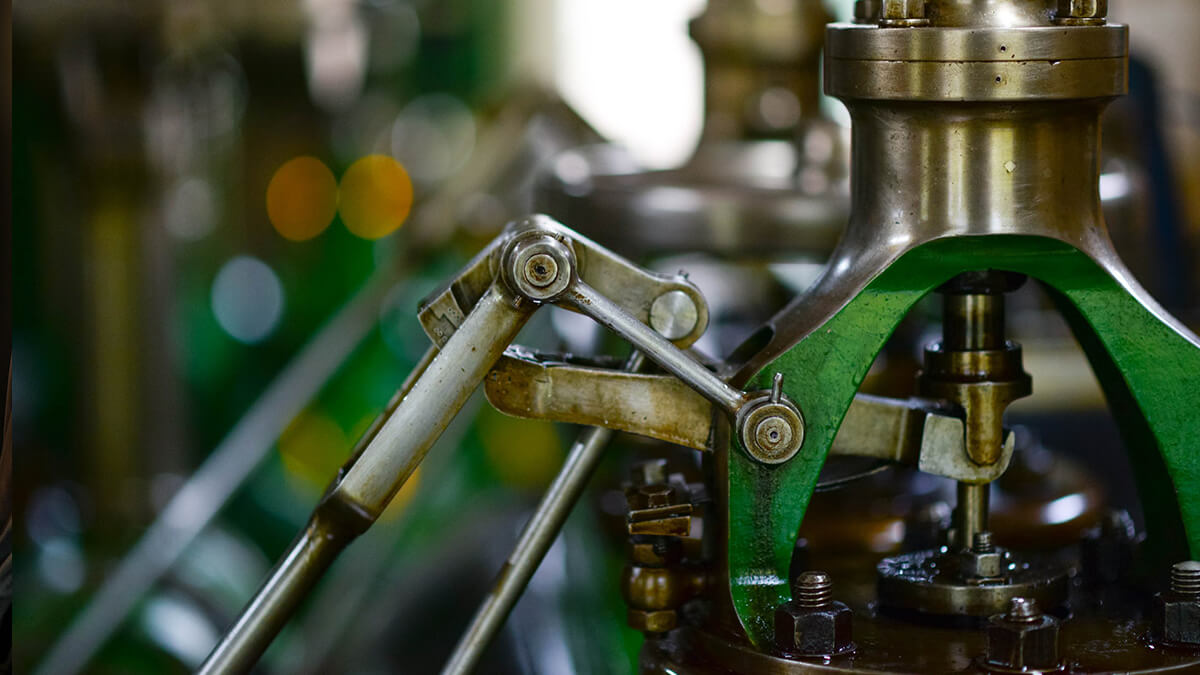Let's explore the definitions of planers and shapers. Planers and shapers are both machine tool applications frequently found in the machine tool industry.
Distinguishing Shaper Machines from Planer Machines
Shaper and planer machines represent two essential cutting tool applications, each serving a unique role in the machine tool industry. While both shapers and planers are characterized by their use of single-point linear cutting tools, there are significant disparities between these two machining tools, extending beyond their work capacity.
Shapers are best suited for relatively lighter workloads. The largest shaper machines boast a 36-inch cutting stroke and can efficiently process parts up to 36 inches in size. In contrast, planers are engineered to tackle much heftier tasks, with some planers capable of accommodating workpieces extending up to an impressive 50 feet in length.
In terms of operation, shapers employ a mobile cutter, necessitating the movement of the workpiece to execute the cutting process. As such, shapers are classified as light-duty machines, and they can only utilize a single cutting tool at any given time. Conversely, planers operate under a different principle, featuring a stationary planing unit that advances the workpiece toward the cutting tool. Planers are specifically designed for heavy-duty applications and are capable of employing multiple cutting tools simultaneously.
Additionally, there are distinctions in rigidity and precision between shaper and planer machines. Shaper machines tend to be less rigid and offer lower levels of accuracy, whereas planer machines are engineered with greater rigidity, delivering improved precision in machining.
Although both shaper and planer machines move and cut in the same direction, it's essential to note that while the return journey may initially seem time-inefficient, the overall time taken during the return process can be significantly minimized to approximately half of the cutting stroke. This optimization plays a crucial role in enhancing the efficiency of both shaper and planer machines in various machining applications.










.png)



